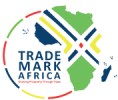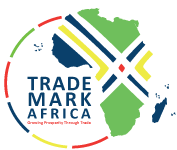The slide in Kenya's exports to the East African Community is likely to continue in the near-to-medium term as neighbouring countries industrialise faster, according to the Kenya Association of Manufacturers. Chief executive Betty Maina told the Star on Friday that some of the products that Kenya used to export to Uganda, Rwanda and Tanzania are now being produced locally or being sourced from elsewhere at cheaper prices. She cited China and India as among countries that have eaten into Kenya's share of the five-nation EAC market. Hardest hit products include those that are paper-based or sugar-based [such as confectioneries], Maina said. An analysis of official data has shown that Kenya's sales to the neighbouring countries have been dwindling over the last four years, ironical to the noises around EAC integration that have been growing louder and louder over the same period. The value of sales to Uganda, Tanzania and Rwanda in 11 months to November last year dropped to Sh85.95 billion, a 21.1 per cent decline from Sh108.93 billion over the same period in 2011. "These countries are industrialising and as they do so, they replace imports, majority of which were coming from Kenya," Maina said. "The other thing is that we have also been replaced in those markets by Indian and Chinese goods." She said there was a growing trend in imports from the two countries into the region including Kenya "partly because of our own rigidities in the Kenyan market, as well as blockages in accessing the East...
Kenya exports to EAC likely to dip further
Posted on: February 25, 2015
Posted on: February 25, 2015















